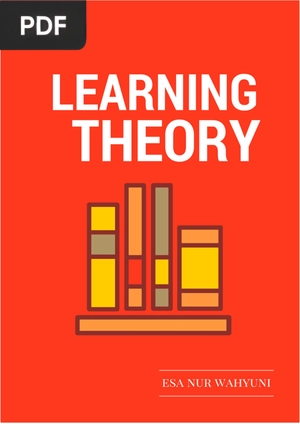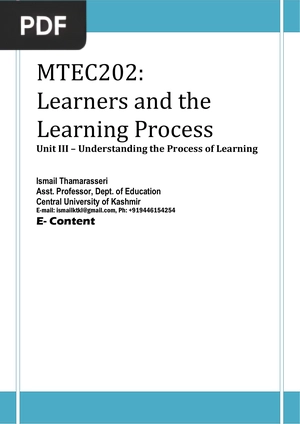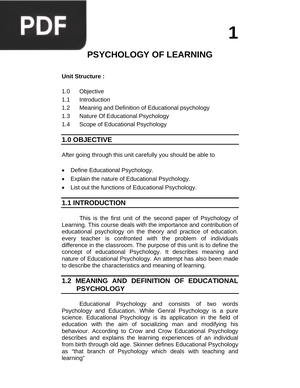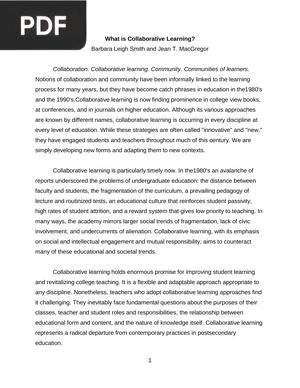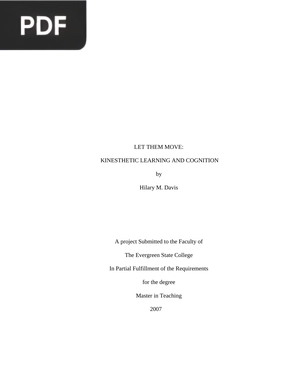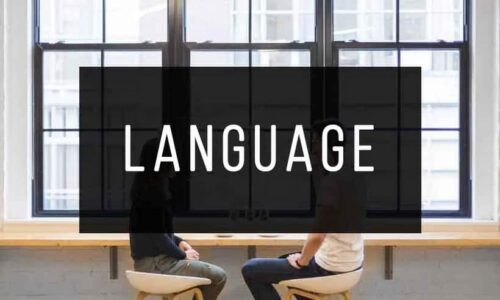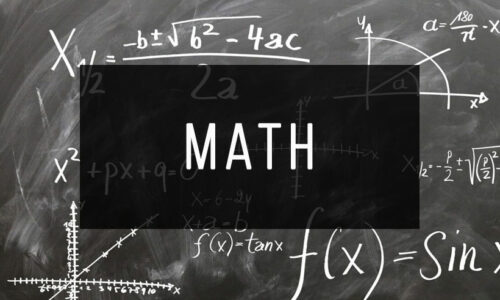Learning Styles
Author: Wilfrid Laurier University
*Wait a few seconds for the document to load, the time may vary depending on your internet connection. If you prefer, you can download the file by clicking on the link below.
Information
Description: Learning Styles por Wilfrid Laurier University outlines different learning preferences like visual, auditory, read/write, and kinesthetic. Discover your style and optimize study techniques for enhanced learning and academic success.
Pages: 10
Megabytes: 1.62 MB
This may interest you
Learning Theory
Extension: PDF | 25 pages
Learning Theory por Esa Nur Wahyuni presents fundamental concepts of learning, exploring different definitions and the nature of learning processes. It highlights the various learning styles and models, offering valuable insights for educators to understand and cater to diverse learners.
Learners and the Learning Process
Extension: PDF | 24 pages
Learners and the Learning Process by Ismail Thamarasseri outlines key concepts in cognitive psychology and constructivist learning. It offers insights into student thinking and learning, providing valuable principles for educators.
Psychology of learning
Extension: PDF | 164 pages
Psychology of learning por University of Mumbai offers a concise exploration of educational psychology. It highlights the importance of understanding learning theories and mental processes for effective teaching.
What is Collaborative Learning
Extension: PDF | 27 pages
What is Collaborative Learning por Barbara Leigh Smith, Jean T MacGregor introduces the concept of collaborative learning, highlighting its relevance in improving student learning and revitalizing teaching. It emphasizes the shift from traditional methods to approaches fostering engagement and community.
Kinesthetic Learning and Cognition
Extension: PDF | 115 pages
Kinesthetic Learning and Cognition por Hilary M Davis examines the effects of kinesthetic learning on young children's cognitive performance. It reviews research on brain function, physiology, and learning styles, highlighting the importance of movement in education.


